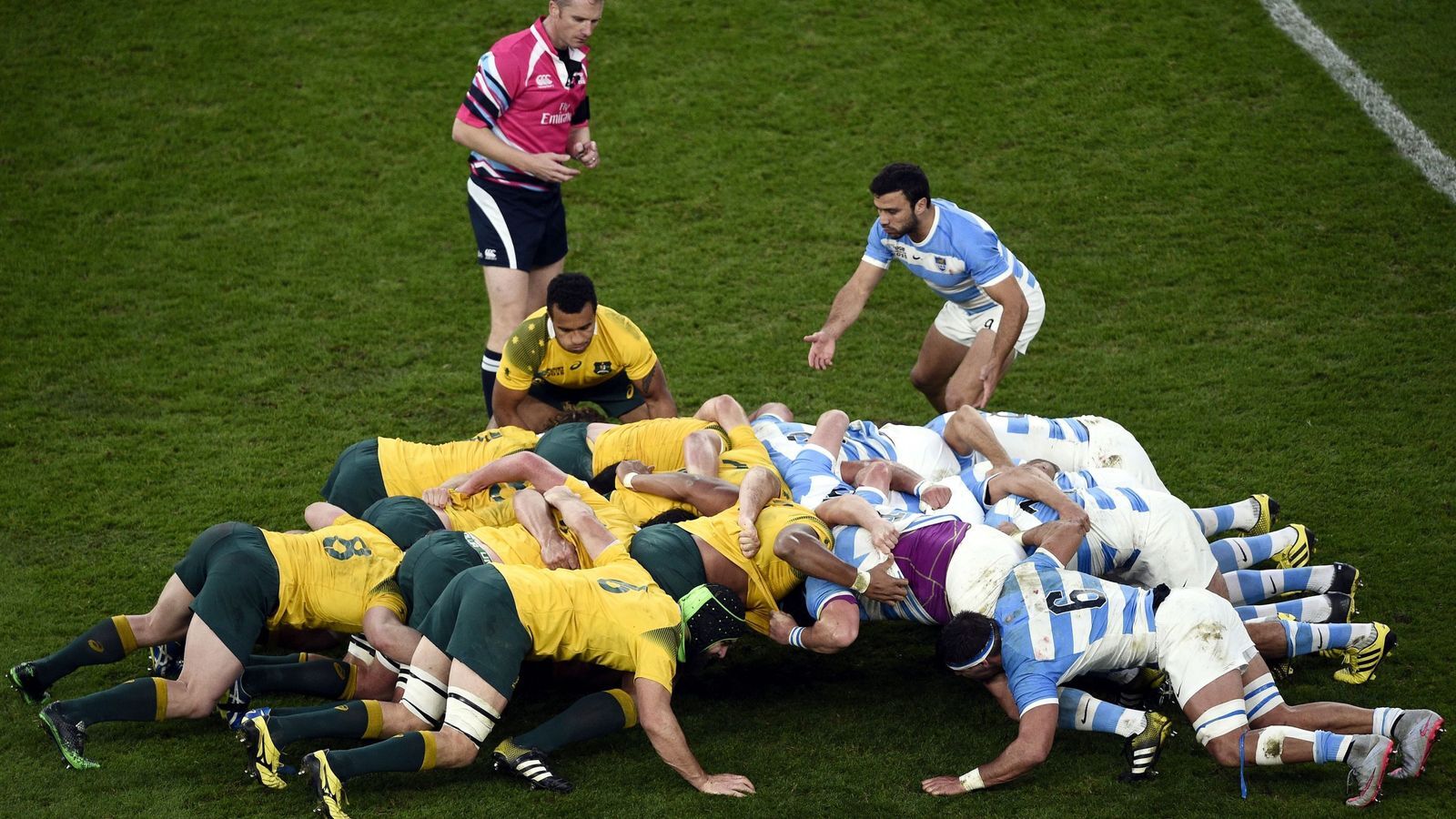A cornerstone of effective business leadership is the ability to skilfully navigate team dynamics. This concept encompasses the intricate web of relationships, interactions, and behavioural patterns that emerge among team members, all of which have a profound influence on how individuals communicate, collaborate, and engage with one another.
Effective team dynamics are one of the core requirements in helping to build a more ‘cohesive’ team, in which members of the team are able to work together effectively as a united whole, and where individuals feel connected and motivated to contribute to the team’s collective success. A team with strong and effective team dynamics is productive and creative, and usually displays high levels of solidarity and satisfaction.
A dysfunctional team, on the other hand, can result in inefficient working practices, poor morale, and increased interpersonal conflict.
What are the main warning signs of a dysfunctional team?
Poor team dynamics can manifest in various dysfunctional behaviours and relationships in the workplace, such as:
-
Frequent conflicts, disagreements, and unresolved disputes between colleagues.
-
Poor or ineffective communication, leading to confusion and resulting in further misunderstanding.
-
Team members feeling demoralised, disengaged, or unmotivated with their work environment.
-
Tasks take longer to complete due to inefficient collaboration, poor coordination, or lack of leadership.
-
A few individuals dominate decision-making processes and discussions, leaving other colleagues feeling marginalised.
-
Resistance to the adoption of new processes, technologies and ideas, often due to insufficient trust in management, or fear of conflict.
-
Individuals blaming each other for failures rather than working collaboratively to solve problems.
-
High staff turnover as a result of dissatisfaction and low morale.
How to improve team dynamics
Adopting a leadership model that consciously seeks to improve team dynamics can create a more supportive environment in which individuals can collaborate more effectively and productively. The following strategies are all effective at cultivating ‘teamship’ and enhancing team dynamics:
1. Clear, open and regular communication
Clear communication is one of the cornerstones of effective team dynamics, helping to keep all individuals aligned and informed. Creating regular communication channels, including daily check-ins and weekly meetings, can keep everyone in the loop with up-to-date information, and address any emerging issues promptly. It can also serve to build relationships and as a result, trust.
2. Defined roles and responsibilities
In a well-functioning team, each individual has clearly defined roles and responsibilities, and understands how their duties contribute to the team’s overall objectives. This reduces ambiguity and avoids overlapping tasks (a common source of conflict), and improves efficiency by allowing each individual to focus on their designated role. By understanding how their work impacts others, individuals are encouraged to take greater accountability and ownership for their actions, motivating them to perform to a higher standard, while also being mindful of the roles and efforts of their colleagues.
3. Positive conflict resolution
Conflicts do not need to have a destructive or negative impact on the team. Constructive conflict management can encourage a team culture in which different opinions are viewed as opportunities for growth and innovation, and where open dialogue can increase interpersonal respect. For this to happen, it’s important to address conflicts fairly and quickly, focusing on finding solutions rather than assigning blame. Individual team members should also be trained in conflict resolution techniques to handle differences professionally and constructively.
4. Leading by example
Managers, leaders, and supervisors should set a positive example through their actions by demonstrating the behaviours and values they wish to see in their teams. This avoids a sense of disconnect between the team and their leaders, which can undermine team dynamics.
5. Team Building activities and development
Regular team building activities and development, which can be directly focused on business challenges in a creative way, are a must; these can include personal professional development, collective workshops, events, and informal social gatherings, can strengthen the bonds between colleagues and improve communication, problem-solving abilities, and trust.
Find out more
At Centre for Teams, we have supported senior leadership and executive teams to strengthen their effectiveness, business impact, and professional enjoyment for over 20 years. If you’d like to find out more about our teamship approach and how to develop it in your organisation, please get in touch today by clicking here.
Image Source: Canva
You May Also Like
These Related Stories

Team Development Consultants & Team Coaches: What Do They Actually Do?

What is Conflict?



No Comments Yet
Let us know what you think